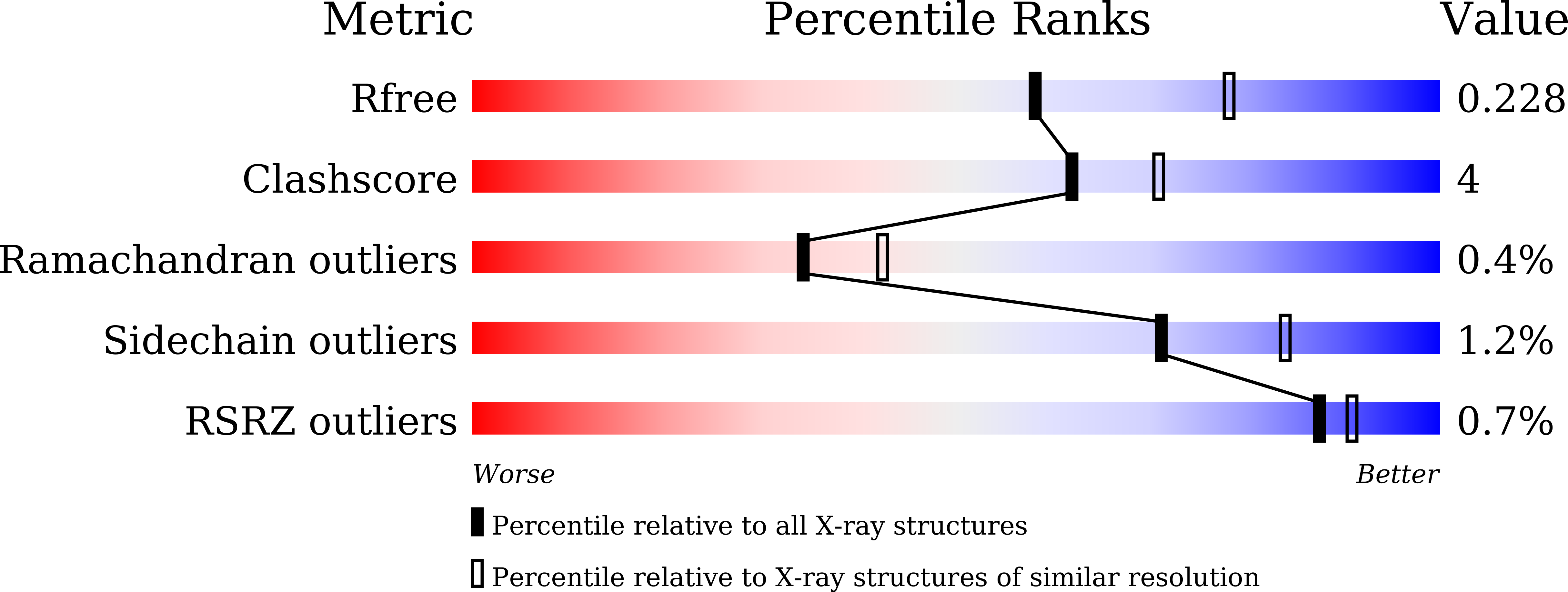
Deposition Date
2020-11-26
Release Date
2021-12-01
Last Version Date
2023-11-29
Entry Detail
PDB ID:
7DL5
Keywords:
Title:
Crystal structure of Thermotoga Maritima ferritin mutant at 2.3 Angstrom resolution
Biological Source:
Source Organism:
Host Organism:
Method Details:
Experimental Method:
Resolution:
2.30 Å
R-Value Free:
0.22
R-Value Work:
0.17
R-Value Observed:
0.18
Space Group:
H 3


